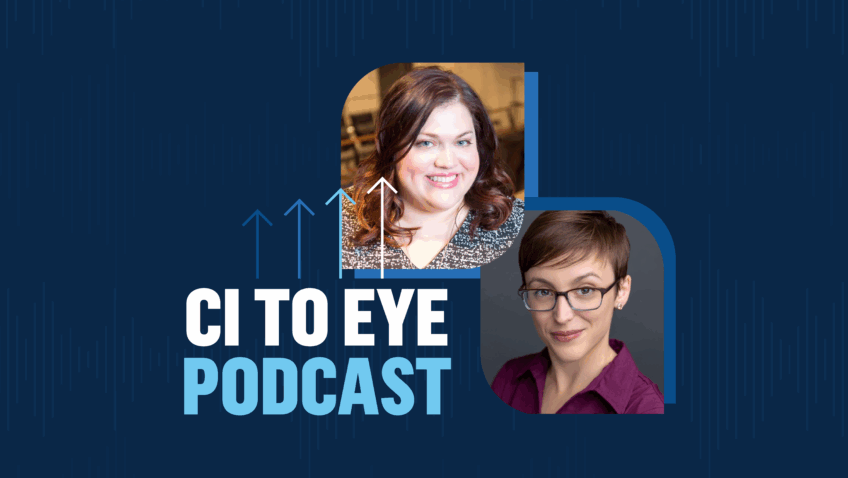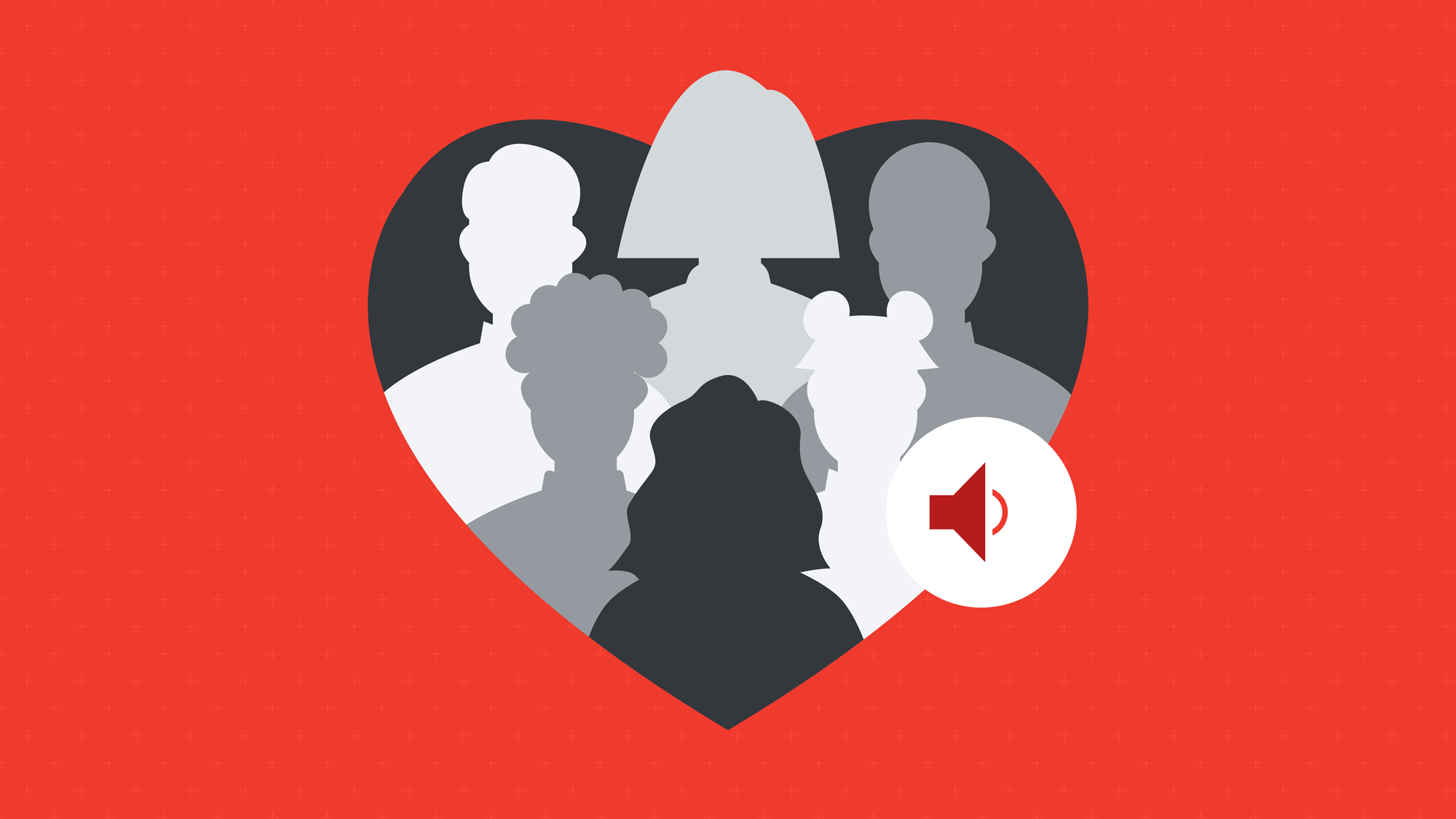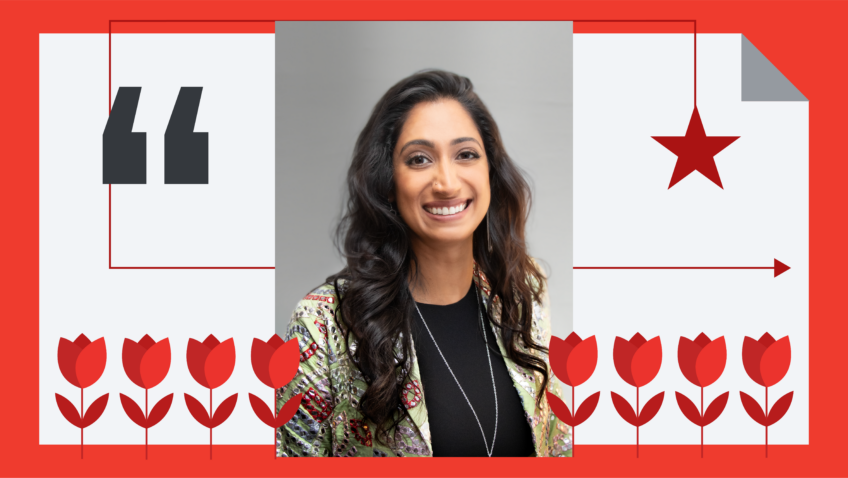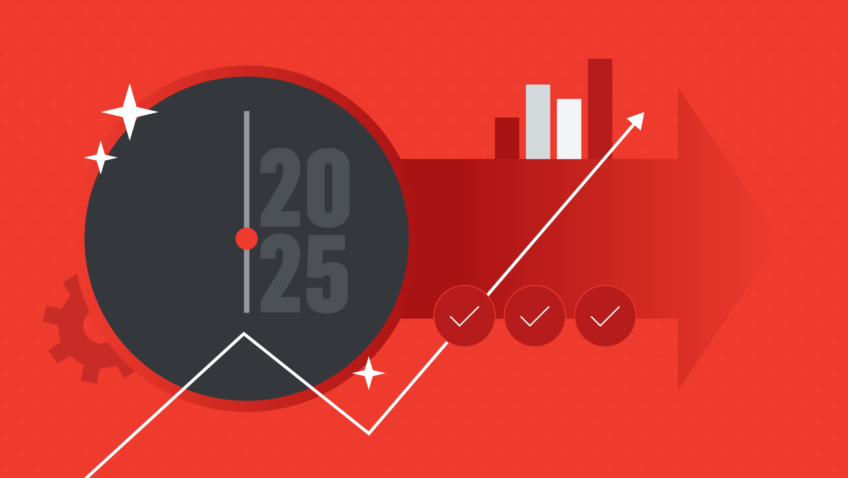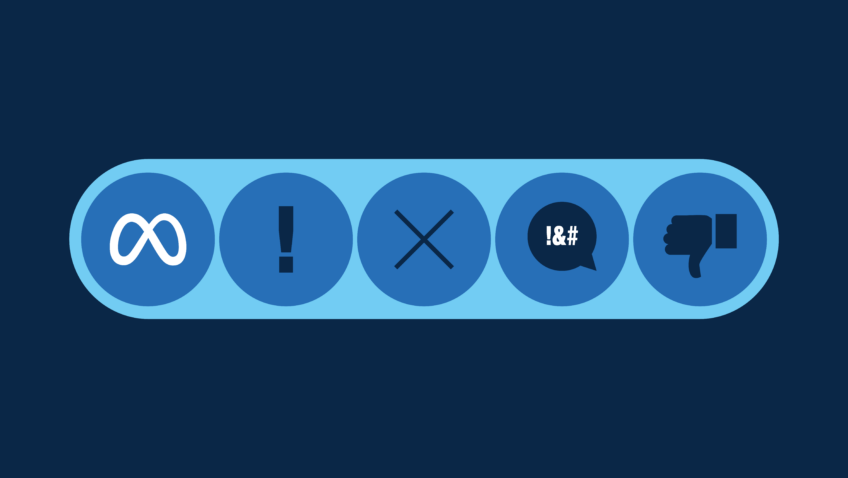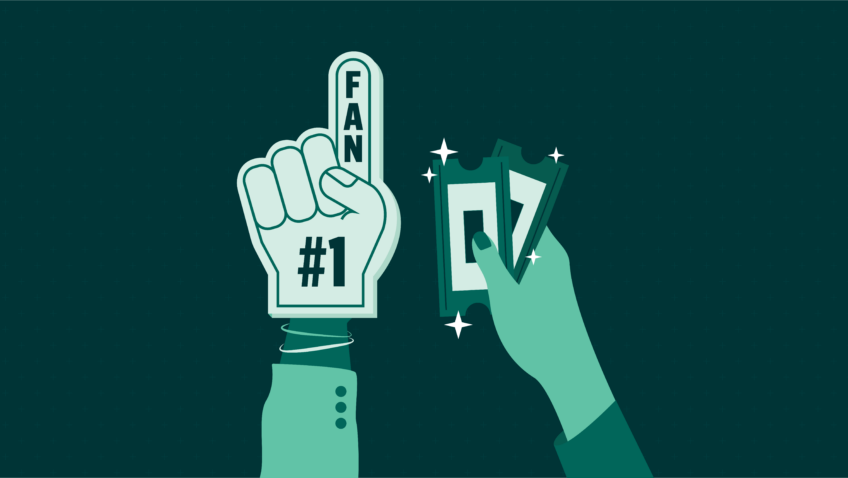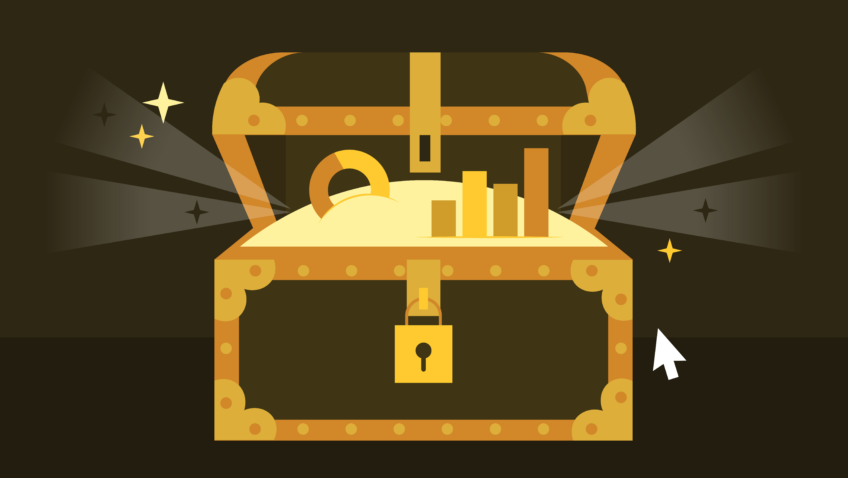5 Insights from INBOUND that Grew My Perspective on Strategy and Culture
Priya's POV
A couple of weeks ago, I attended the INBOUND 2024 conference, immersing myself in the latest marketing, sales, and AI trends for three whole days with three incredible colleagues (Becky, Rachel, and Yosaif). It was a breath of fresh air to get away from my desk and deep in learning mode. I came back inspired and reinvigorated with many ideas for CI and our industry. Here are five transformative concepts that stood out:
1. AI: From Acceleration to Transformation
The conversation around AI has shifted dramatically. Yamini Rangan, CEO of Hubspot (and fellow South-Asian female leader!), opened the conference by addressing the importance of moving from AI for acceleration to AI for transformation.
Instead of using artificial intelligence to speed up what’s possible, automate discrete tasks, and work with you in the present…
Example: AI for video creation and editing from static assets and b-roll
…she pushed us to use artificial intelligence to make the impossible possible, reimagine complex goals, and work for you, for the future.
Example: AI for mapping and personalizing the whole customer journey
The key is to view AI as a catalyst for reimagining how we connect with our audiences.
She also reminded us of the continued importance of people in the equation.
- Artificial intelligence can create with and for us, but without people doing the curation, it holds no value.
- Artificial intelligence can offer context, but without people offering connection, it doesn’t matter.
- Artificial intelligence can handle simplicity, but without people handling subtlety, it means nothing.
2. SEO Evolves to “Search Everywhere Optimization”
Neil Patel, co-founder of NP Digital and co-host of the Marketing School podcast, shared some great thoughts around the evolution of content in the past year. The biggest takeaway was the evolution of SEO from Search Engine Optimization to Search Everywhere Optimization. The future of search goes far beyond Google. It’s about being discoverable wherever your audience looks, including social (especially TikTok) and AI. Neil shared a few fascinating takeaways:
-
- Back in 2000, 98% of search traffic came from Search Engines. In 2024, that number drops to 61%, filled by AI (30%) and social media (17%).
- Blogging is still worth the effort. Websites with a blog generate 75% more organic search traffic, 194% more social traffic, and an 8% higher conversion rate.
- The top-performing organic ranking sites spend more than double the amount of time updating existing content on their blog as they do on creating brand new content. Work smarter, not harder!
- Short- and long-form video generates far more engagement than interviews/podcasts, live video, memes, and UGC (user-generated content).
This means creating a diverse content and discoverability strategy for arts organizations that spans multiple platforms. One way to start is by running your name and brand through the free OpenAI-enabled Hubspot tool called the AI Search Grader.
We must consider and strategize around all the ways patrons might discover our organizations.
3. The Bowtie: Building & Retaining Arts Audiences
I was introduced (by Sam Jacobs, CEO of Pavillion) to the Bowtie model, and I am HOOKED. The model examines the potential for customer-driven growth inside of an organization, and there is so much opportunity to apply this model to how we think about centering the audience experience across their journey with the organization.
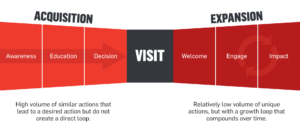
Adapting the Bowtie for arts organizations shifts our focus beyond getting the audience through our doors to keeping them engaged and retained with our organization by focusing on the recurring impact in their lives by the art and culture we offer. The Bowtie hones in on impact at each stage in the audience’s lifecycle with the organization, and it is our responsibility to make sure they feel the impact.
The first half of the Bowtie is essentially the marketing funnel flipped sideways– we bring in new audiences by building awareness and educating on what we have to offer. Once the audience member buys a ticket, they’re only halfway through their lifecycle in the Bowtie. Our responsibility now remains to keep them engaged and build even deeper relationships with them. This can happen through:
-
Excellent on-site experience:
- How are you welcoming new audiences when they walk through your doors? How are you eliminating friction in their experience?
-
Personalized follow-ups/check-ins:
- How are you asking for feedback and making your audiences feel heard? How are you helping them come back and engage? How are you taking the opportunity to highlight the impact and magic they felt when they were in your space?
-
Exclusive access:
- How are you making audiences feel special for engaging with you?
-
Community building:
- How are you building recurring impact for audiences through connection inside your organization?
-
Encouraging more engagement:
- How are you encouraging audiences to build deeper relationships with your organization?
When we are constantly focused solely on acquiring new audiences, we are turning our heads away from half of the Bowtie. Audience growth is important, but it is equally important to create a continuous loop of engagement, where each performance or visit deepens the patron’s connection to your organization.
4. Burnout and Heated Debates: An Unexpected Connection
I went to a session by Eric M. Bailey, President of Bailey Strategic Innovation Group and author of “The Cure for Stupidity,” and I found his session most satisfying for my interpersonal life. As I’m sure many of you can relate to, this year has been full of challenges (and gifts), and I’ve certainly had many moments of feeling burnout. Eric’s session explored the connection between burnout and heated debate, drawing insights from his book and exploring how burnout can lead to polarized thinking. A few thoughts that stuck with me:
- Stress narrows our cognitive bandwidth. When we’re overwhelmed, our capacity for nuanced thinking diminishes, resulting in complex issues being oversimplified and heated, unproductive debates.
- Prioritizing team well-being is integral to fostering more nuanced, creative problem-solving.
- Respect is like oxygen; we don’t think about it until it’s not there. Then, getting it back is all we can think about.
- Our goals of any dialogue should be the following (and when it is, we can purely drive from empathy and compassion):
-
- Learn something new
- Understand the human across from us
- Strengthen the relationship
- Almost any debate can be solved by finding a mutual purpose.
By addressing burnout and prioritizing compassion, we can create environments where innovative ideas flourish and challenging conversations stay constructive.



